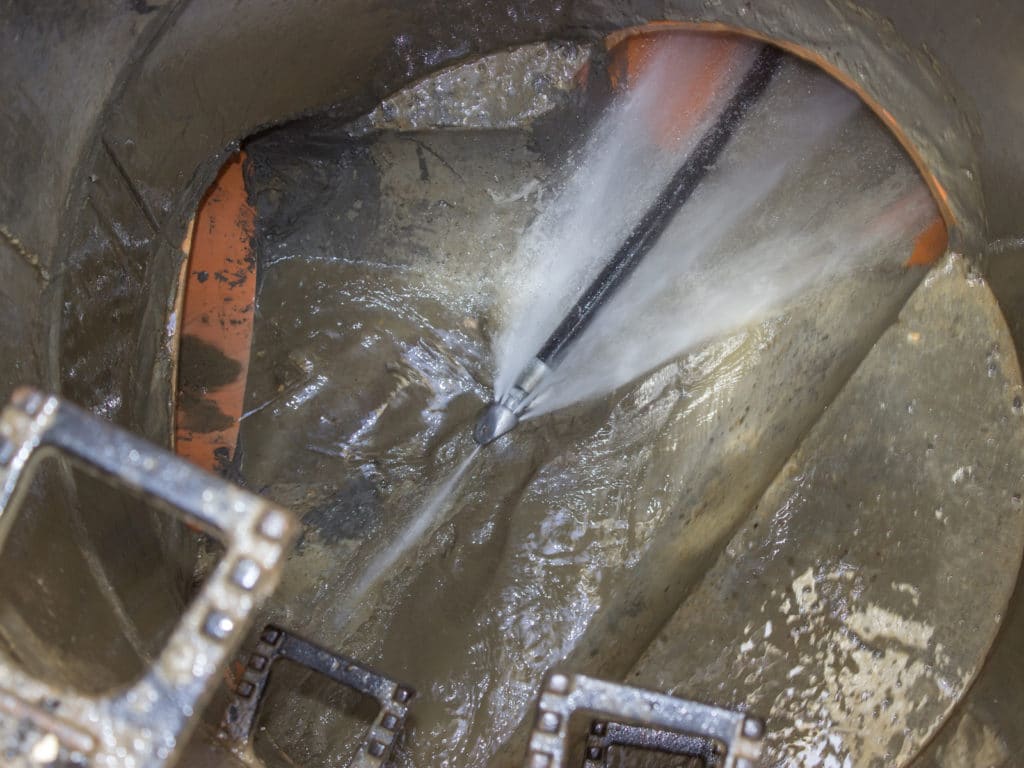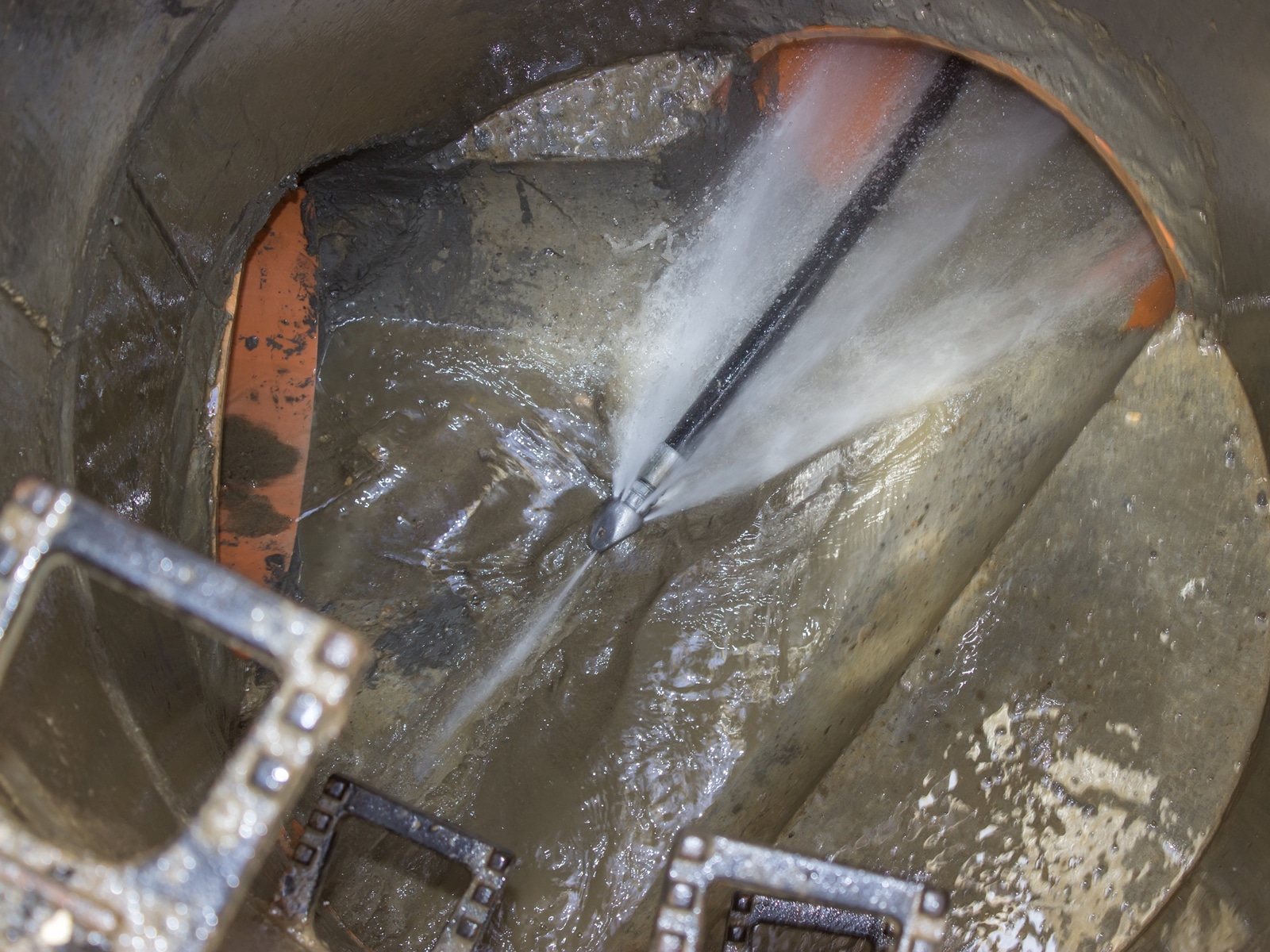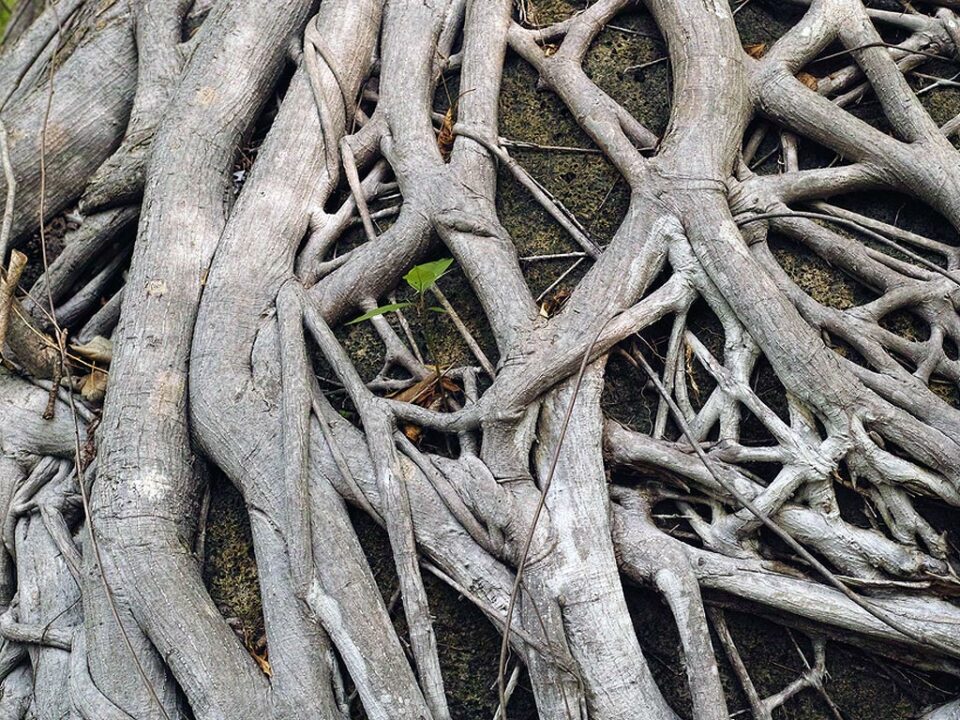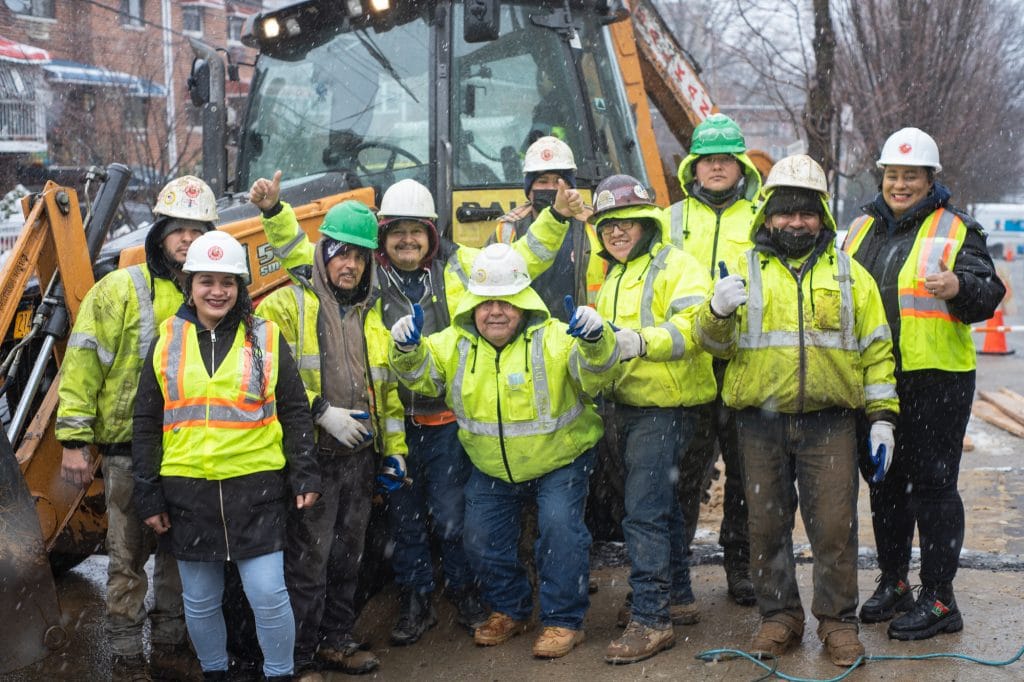A Sewer Jetter is increasingly the tool of choice to clean many stubborn clogs, such as grease. As we all unfortunately know, drain pipes can and will get clogged at times. Accumulation of detergent (including soap), food residue, hair, and other physical objects that unintentionally get flushed, will become obstructions. Obstructions prevent wastewater from flowing properly to a sewage treatment facility. Professional plumbers use several methods to clear clogged drains, for example an auger and chemical solutions. When the clog is too difficult to remove, or located too far down the run of pipe, professional plumbers will frequently use a sewer jetter.

WHEN WAS A SEWER JETTER INVENTED?
A sewer jetter is also commonly known as water blaster, hydro jet, or water jet. A sewer jetter is essentially a pressure washer. Both machines have the same mechanism, although they are used for different applications. Basic components include a water holding tank (water source), a pump, an engine, a hose, a hose reel, and a nozzle. Water is pumped along the hose and it comes out of the tip of the nozzle with a lot of pressure. A sewer jetter typically operates at 4000 PSI, but it is possible to increase the pressure depending on how big or difficult the clog is. A modern sewer jetter is based on the first hot-water high-pressure washer invented by Alfred Kärcher in Germany around 1950. However, Frank Ofeldt from the USA also claimed to be the inventor of steam pressure in 1927.
WHAT ARE THE DIFFERENT MODELS OF A SEWER JETTER?
The engine of a water jetter can be either internal combustion, electric, hydraulic or pneumatic. Any of these types of motors drive high-pressure water along the hose and out a nozzle. There must be an adequate source of water, because a lack of water can cause caviation damage of the internal components. Caviation is the formation of an empty space within a solid object or body.
There are numerous brands of sewer jetter machines available, but all are divided into two major categories: residential and commercial. A residential sewer jetter delivers lower water pressure and is usually mounted on a cart. A commercial model is typically larger and more powerful; it is commonly mounted on a truck and can carry up to 1,500 gallons of water.
THE SKILL REQUIRED TO USE A SEWER JETTER SAFELY AND SUCCESSFULLY
Similar to most plumbing tools, a sewer jetter is best left to professionals. High pressure water can be dangerous, especially when the pipes are not inspected prior to jetting. It is important to know what kind of material forms the clog, and how severe the clogging is before the sewer jet is engaged. As stated, different nozzles are designed to clear different types of clogs. Sometimes a plumber will use a sewer camera to pinpoint the location of the clog, and inspect the overall condition of the pipe. After the inspection, the plumber will be able to determine the amount of power (pressure) required to unclog the pipe, how much hose to insert, and what type of nozzle to use. [wc_box color=”info” text_align=”left”]
Pressurized water is dense, and not easily compressed. That is the main reason it clears out clogs so effectively; it hits clogs with the force of a solid object. By the same token, if this same pressurized water hits a persons extremities, extreme injury can result. Fingernails can get blown off, severe eye injuries can result, and worse. That is why a sewer jetter is best left in the hands of a trained and skilled drain technician.
[/wc_box]
A sewer jetter for residential purposes
In residential plumbing, water flows downward thanks to gravity. When used for a residential application, a plumbing fixture is accessed from the higher end (the fixture where the flow of water originates) towards the lower end. During the sewer-jetting procedure, water flow is turned on and off several times to help flush the debris down. A sewer jetter must start at the top, or high end, of the system to get rid of clogging.
Commercial properties present special challenges
In commercial or a municipal setting, wastewater does not always flow in a clearly apparent direction. Even when it eventually flows down to a sewage treatment facility, the plumber must identify actual direction of the flow of water in the pipe. There are more plumbing fixtures in a municipal/commercial building than in a residential building, and each fixture drives wastewater in certain directions.
To make things easier, a plumber can insert the sewer jetter hose from the lower manhole to reach the upstream manhole. As the hose moves inside the pipeline, water pressure will break through the obstruction. As the hose passes through the pipe, the actual cleaning process can begin as the plumber rewinds the hose. Of course, the sewer jetter needs to be fully engaged and operating during the rewinding process.
THERE ARE DIFFERENT TYPES OF NOZZLES FOR DIFFERENT CLOGS

Just like a garden hose nozzle, the nozzle used for a sewer jetter helps to increase the velocity of the water a sit exits. Nozzles are available in primarily five unique models, each for unique applications. Only a trained and knowledgeable drain technician will know the proper use for each.
- Open nozzle: this model features multiple rear and front openings. Water comes out from the front tip of the nozzle, breaking up physical clogs, and out the rear of the nozzle as well. The multiple rear openings help flush the broken up clog down and out of the pipeline. This nozzle is typically used for clogs form grease or soap accumulation.
- Closed End Nozzle: this nozzle has the same shape as an open ended nozzle. But it does not have openings on the front of the nozzle. Pressurized water only flows from the rear of the nozzle. This allows it to penetrate and maneuver inside a drain pipe without any back-pressure. Because there is no forward flushing, it is best used for regularly scheduled cleaning of a drain line system. There must be no existing clogs, or this particular nozzle will not pass through.
- Sand Nozzle: unlike typical sewer jet nozzles, a sand nozzle is relatively flat, rectangular shaped, and quite a bit larger. As the name may suggest, the sand nozzle is used in plumbing facilities where there is has been a build up of sand. Instead of quickly entering a drain line system, due to the force created by water pressure and resistance from the pipe itself, a sand nozzle actually lies on the bottom of the pipe and agitates the sand. Once agitated, the sand is pressure washed from out of the pipe.
- Spinning Nozzle: it is similar to an open nozzle, in that it has both front and rear openings. However, the rear openings are placed on a rotating component of the nozzle body. As it rotates, the water sprays the full circumference of the wall of the pipe. This action rids the pipe of rust and dirt that accumulates on the pipe’s interior surface.
CALL THE BALKAN DRAIN TEAM FOR PROFESSIONAL SEWER JETTER WORK
Count on Balkan to provide the right tool and right technician for your drain cleaning needs. Modern and well maintained equipment in the right hands leads to a success rate that far exceeds our competitors. A commitment to service and integrity makes for an impeccable reputation; check our reviews online and see for yourself!




